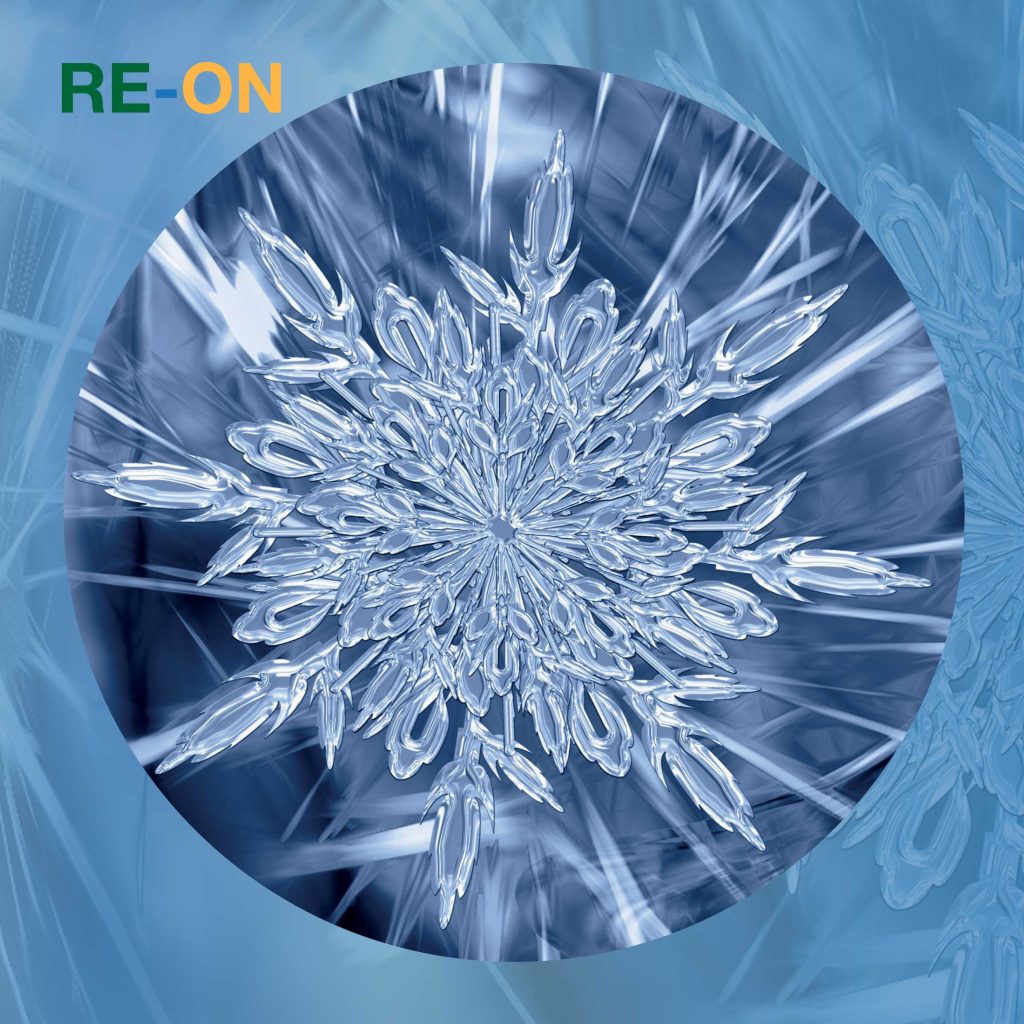Hydrogenation
HYDROGENATION AND PURIFICATION OF LIQUID GAS FOR USE
AS PROPELLANTS IN AEROSOL OR AS REFRIGERANT GASES
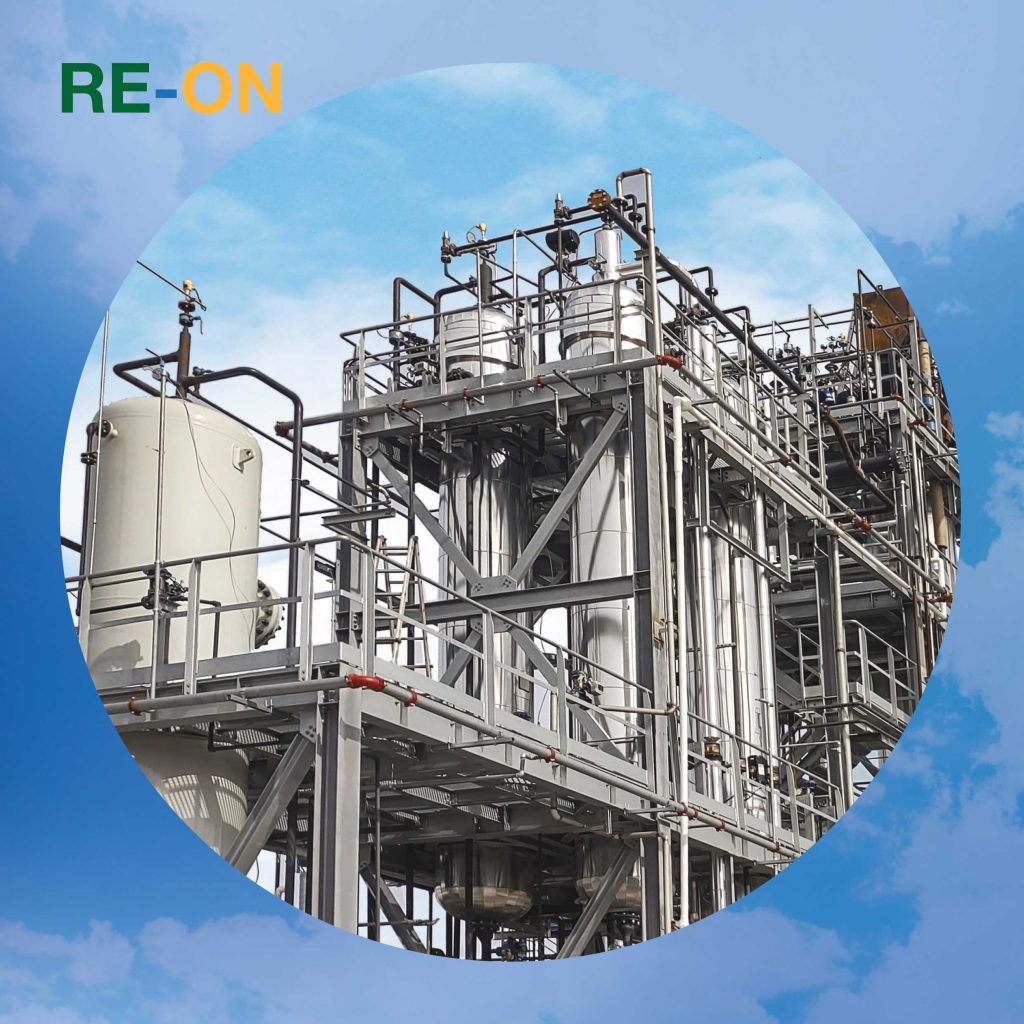
RE-ON Srl has engineered a continuous purification and catalitic hydrogenation facility tailored for both blended and pure LPG compositions, including propane, isobutane and butane.
The cosmetic, pharmaceutical and paint industries, utilize these pure LPG as a propellant in aerosol. Hydrogenation is a purification process that uses pure hydrogen to saturate unsaturated hydrocarbons (olefins and dienes) and other impurities in raw LPG, wich could affect both the quality and odor of the final products.
The same purification and hydrogenation process can be applied for producing highly pure LPG (purity more than 99.5%) such as n-C3, iso-C4 and n-C4 used as refrigerant gases.
These pure LPG are used as green refrigerant gases to replace the wide range of PFAS (perfluoroalkyl substances) that will no longer be permitted in new refrigerators starting from 2027 according to European legislation.
Using the properties of hydrocarbons responsibly to make and distribute high-quality, safe and eco-friendly LPG, aiming to minimize environmental impact.
Green LPG
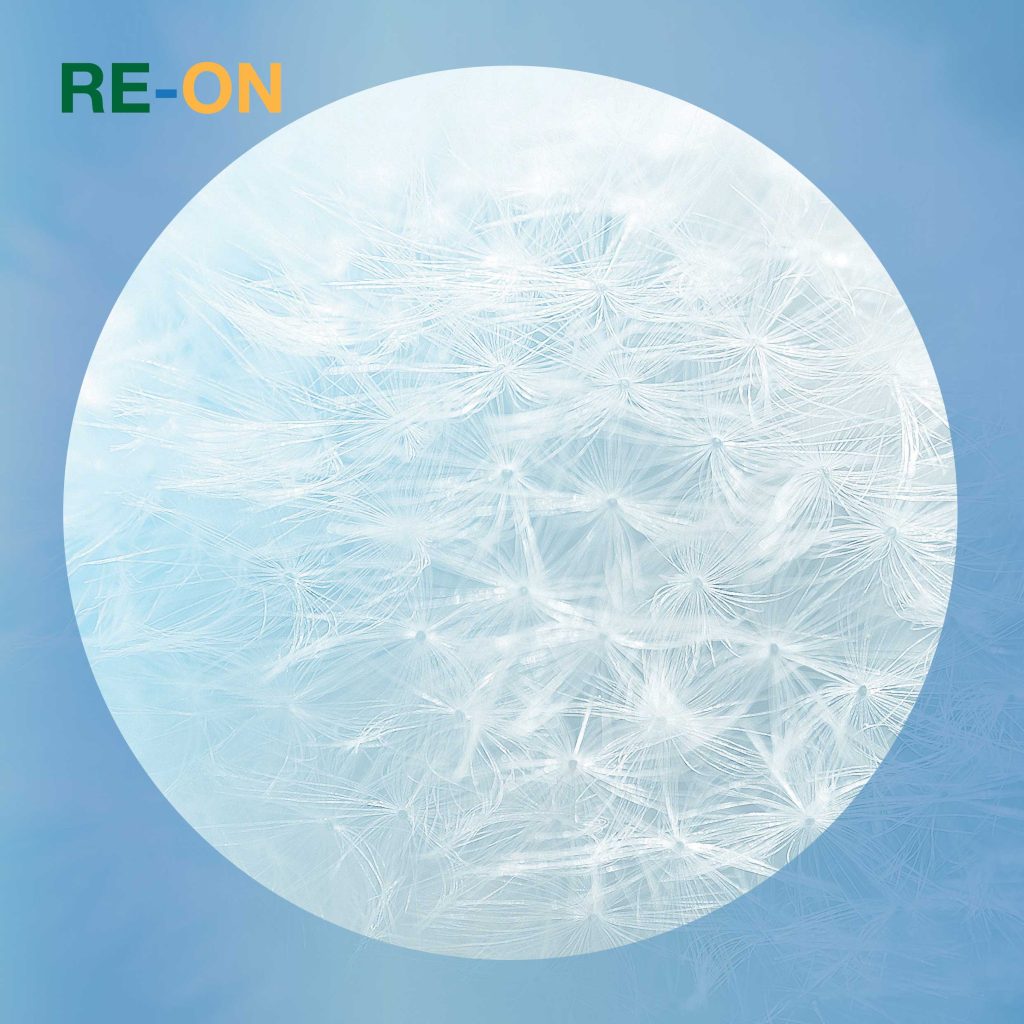
Currently the market for LPG used in pharmaceutical and cosmetic applications, require increasingly stringent rules on the quality of LPG such as:
Chemical Stability (olefines less than 100 ppm wt.)
Low toxicity
Odorless (absence of organic sulfur compounds)
Absence of moisture
To comply with these stringent quality standards for LPG, it’s necessary to eliminate all pollutants present in the LPG through a purification process, followed by total hydrogenation of the unsaturates.
The purpose of this new process is to produce desulfurized LPG, without heavy metal contaminants, moisture and free from unsaturated compounds such as olefines and dienes. This high-quality LPG enables compliance with both Italian and International quality standards.
The plant engineered and realized by RE-ON Srl ensure a final pure product that is odorless, moisture-free, free of heavy metals, aromatics free and unsaturated compounds less than 100 ppm wt.
The production plant
The developed facility has a production capacity ranging from 1,000 Kg/h to 15,000Kg/h, ensuring the production of a finished product with unsaturated concentrations below 100 ppm wt.
The process primarily consists of two sections:
Purification
Hydrogenation
The first section is dedicated to purifying the raw LPG from refineries, which contains dissolved impurities.These impurities could poison the catalyst or lead to an out-of-spec finished product.
The subsequent section, the reaction section, facilitates the enhancement of LPG by employing catalytic hydrogenation to eliminate unsaturated compounds.
Ecological propellants for the aerosol sector, expanding agents
for extrusion and expanded polimers.
Purification process
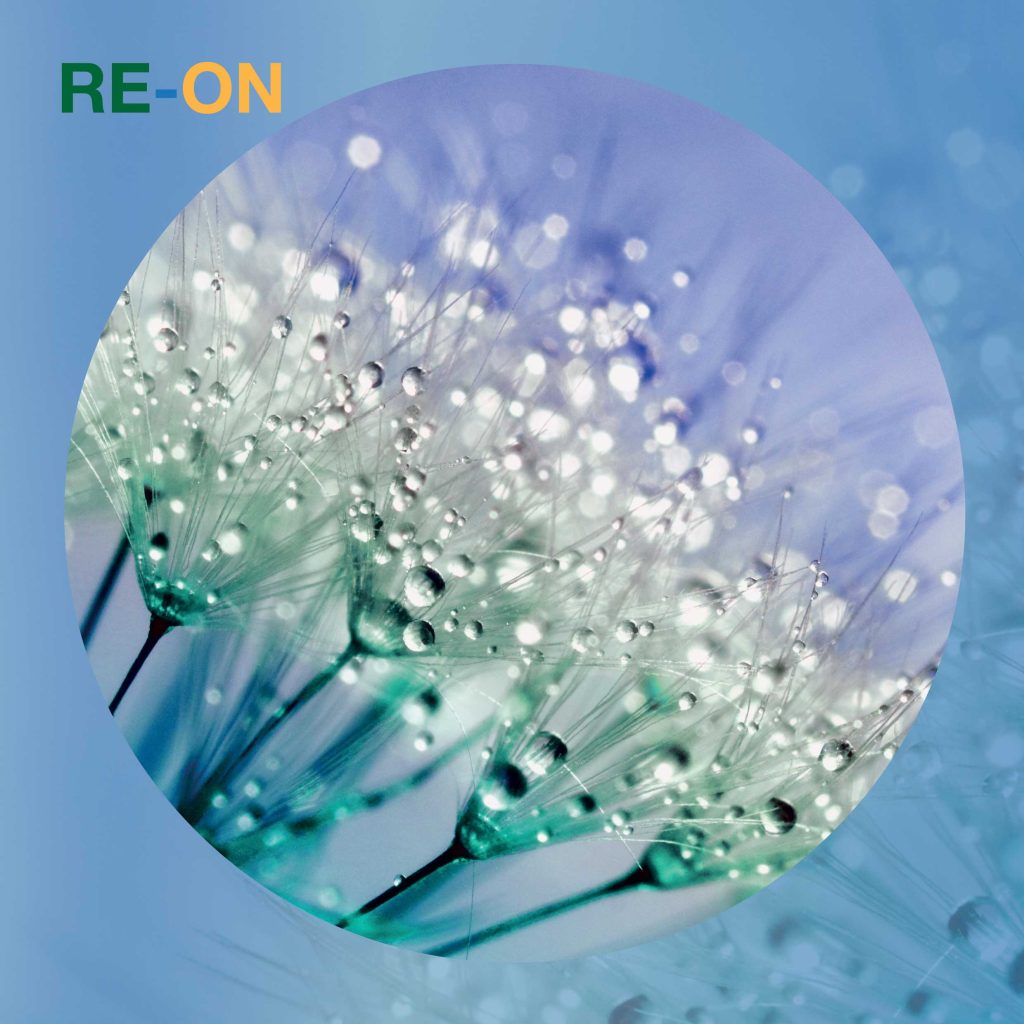
The purification section is responsible for removing both heavy metals and trace amounts of organic sulfides such as mercaptans and thiophene.
This section comprises multiple columns operating continuously. Upon exhaustion, these columns can be regenerated using service fluid to ensure uninterrupted processing.
The plant is capable of operating both continuously and in batch mode.
Certified GPL for the food industry.
Sustainable production aligned with environmental regulations.
Hydrogenation process
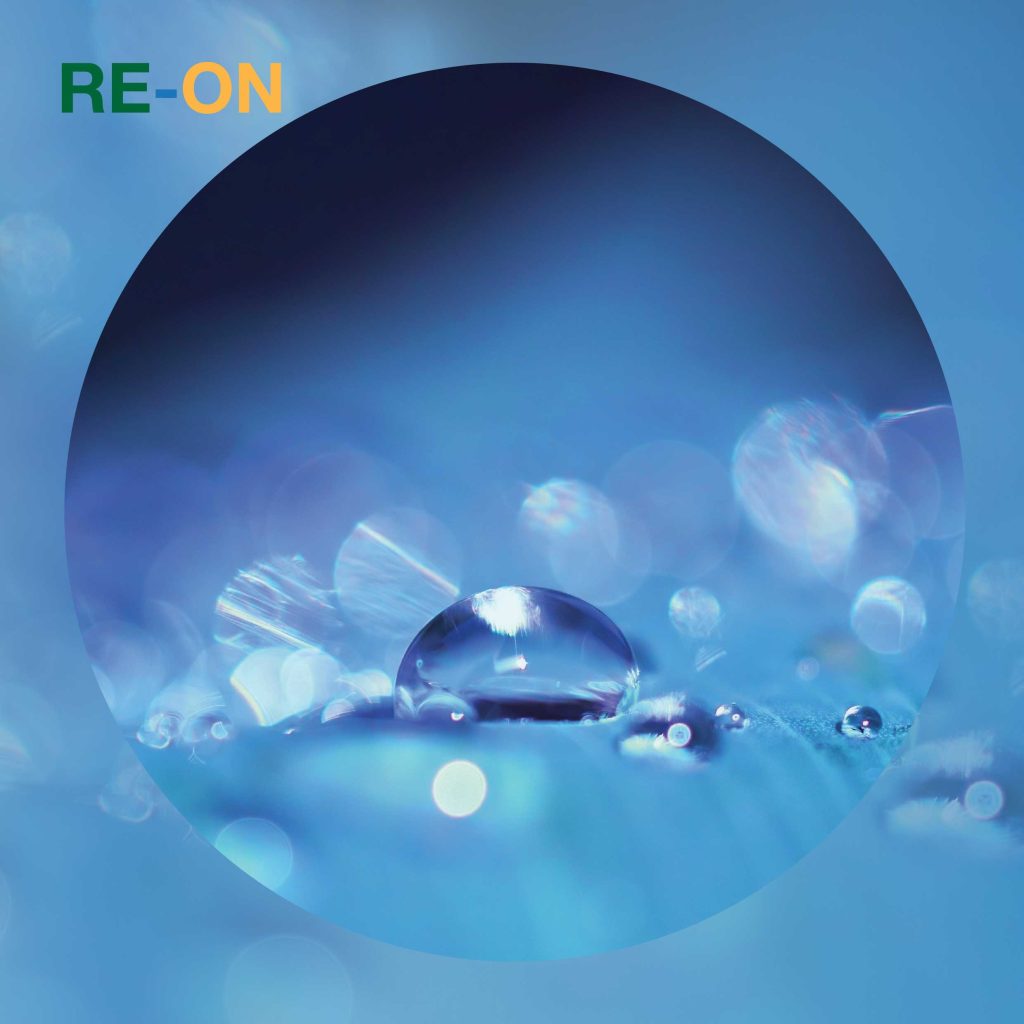
The hydrogenation section was designed in collaboration with a main european company with decades of experience in the field, holding numerous patents and which supported RE-ON during the project development phases.
The core of the hydrogenation process is the reaction section; the reactor is a vessel containing the catalyst and is designed and optimized to operate under the best conditions, ensuring high safety standards as well.
In addition, the hydrogenation section is also capable of operating in both continuous and batch mode, providing high flexibility for product changes.
Utilities sections
The need to comply with current legislation required treating process by-products through a specially designed treatment plant to ensure compliance with the imposed limits.
Regarding utilities, water cooling towers, steam generator, water purification system, liquid nitrogen storage tank have also been installed to provide the plant with everything necessary for its operation.



